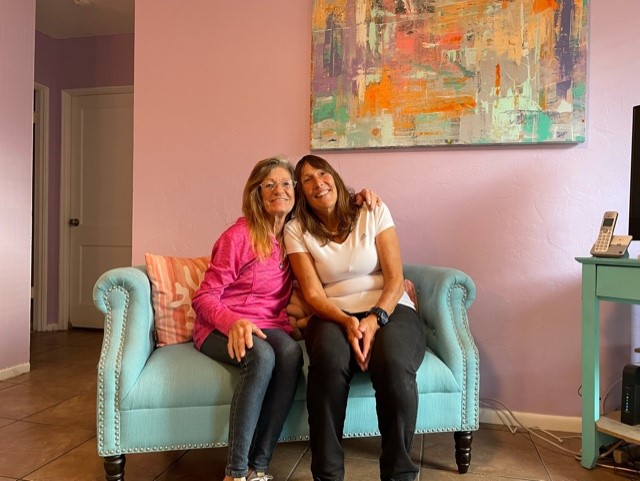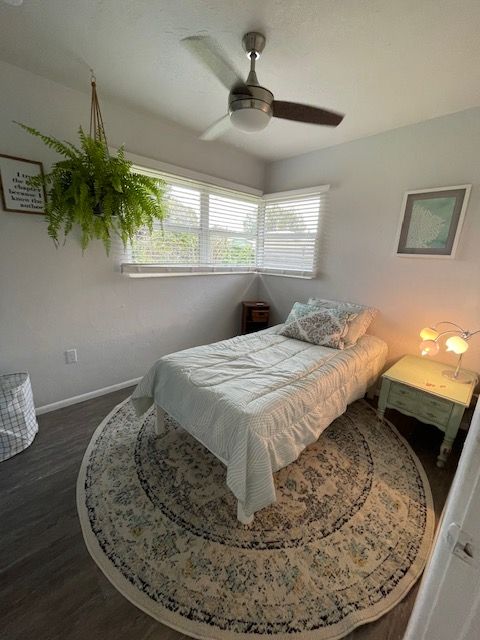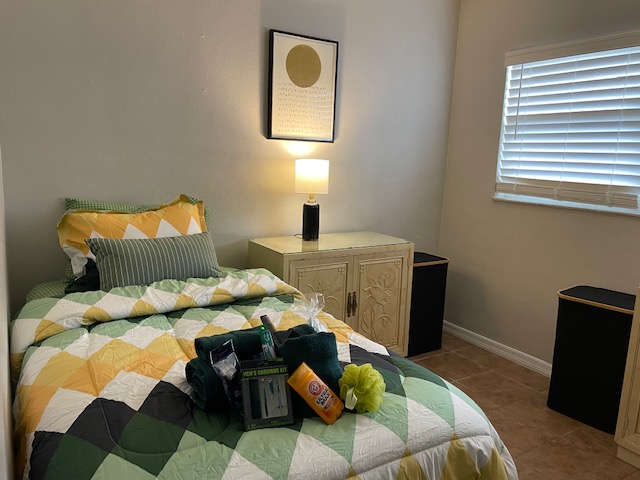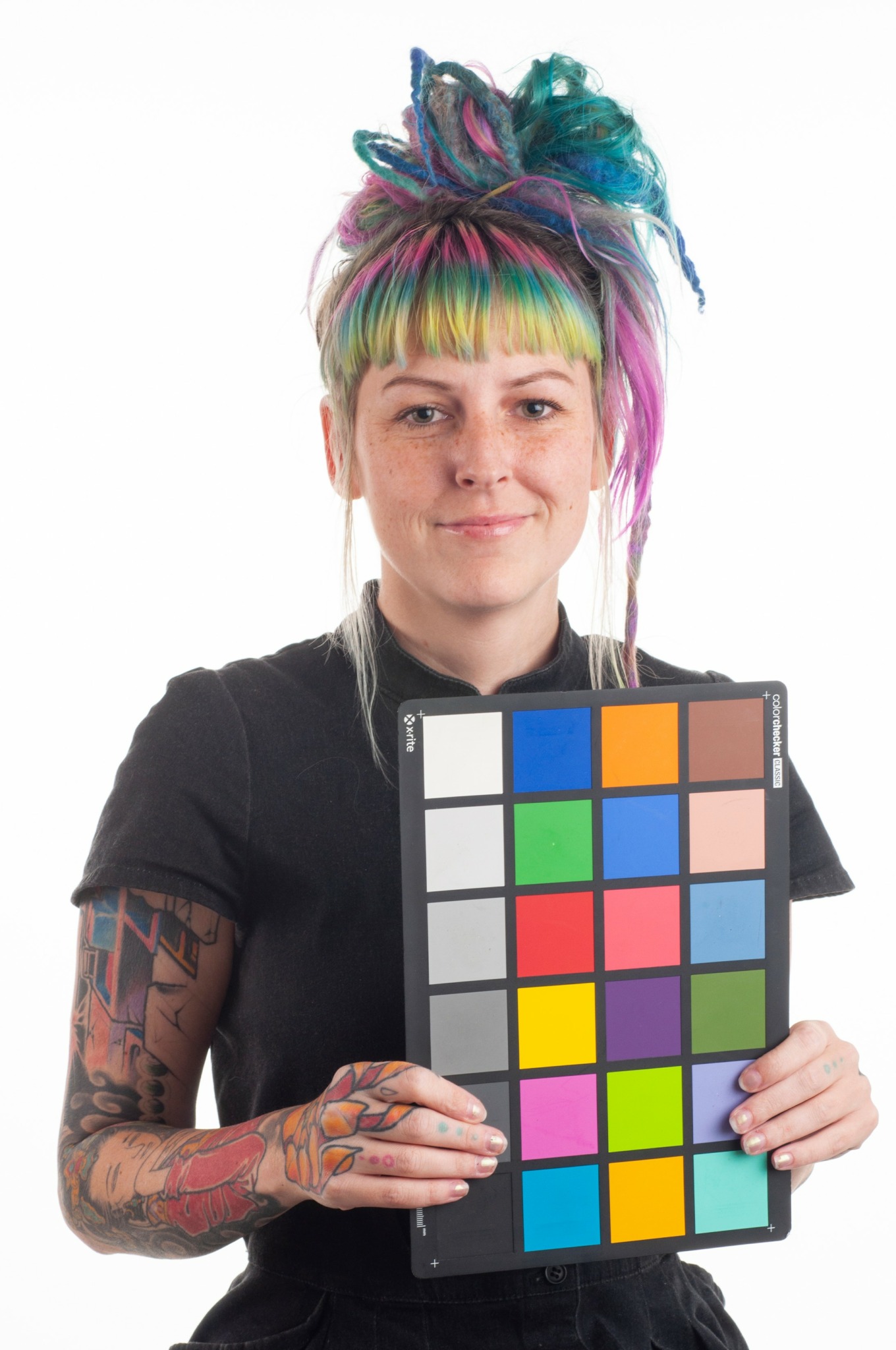We were lucky to catch up with Megan Howell recently and have shared our conversation below.
Megan, thanks for joining us, excited to have you contributing your stories and insights. Can you open up about a risk you’ve taken – what it was like taking that risk, why you took the risk and how it turned out?
My life changed when I took a major risk to pursue helping people full-time. I was working on my Master’s degree, employed at a local restaurant with a reliable wage, and had just opened my first business that helped house homeless individuals with mental illnesses through subleasing and providing concierge services.
Unaware of it, I had met my mentor, who was fully invested in what I was doing. There came a point in time when he told me that for him to continue, I needed to leave my waitressing job and go “all-in” with my project to help the homeless. This was terrifying as I had a reliable income and a sound system in place. It wasn’t very comforting to look at leaving that world and taking a salary of $0.
My mentor advised me to examine my fears and identify what was holding me back. At the end of the day, it was fear of starting something new, fully committing, and also not making enough money to support myself, and becoming homeless. All pretty legit fears. He guaranteed me that if I tried my hardest, he would make sure my greatest fear would not happen.
I’m eternally grateful that I had him to help me rise to the occasion and take a risk in that safe harbor. Today, I’m the Founder and Executive Director of Second Heart Homes, where we provide housing, support, and love to homeless single adults with mental illnesses. We have 68 men and women off the streets through 12 homes we have purchased, and another two on the way. We have 11 full-time team members and about 150 volunteers.
Without taking that risk, none of this would have been possible. It means a lot to have others around you to believe in you and help you grow, so you can serve your passion.
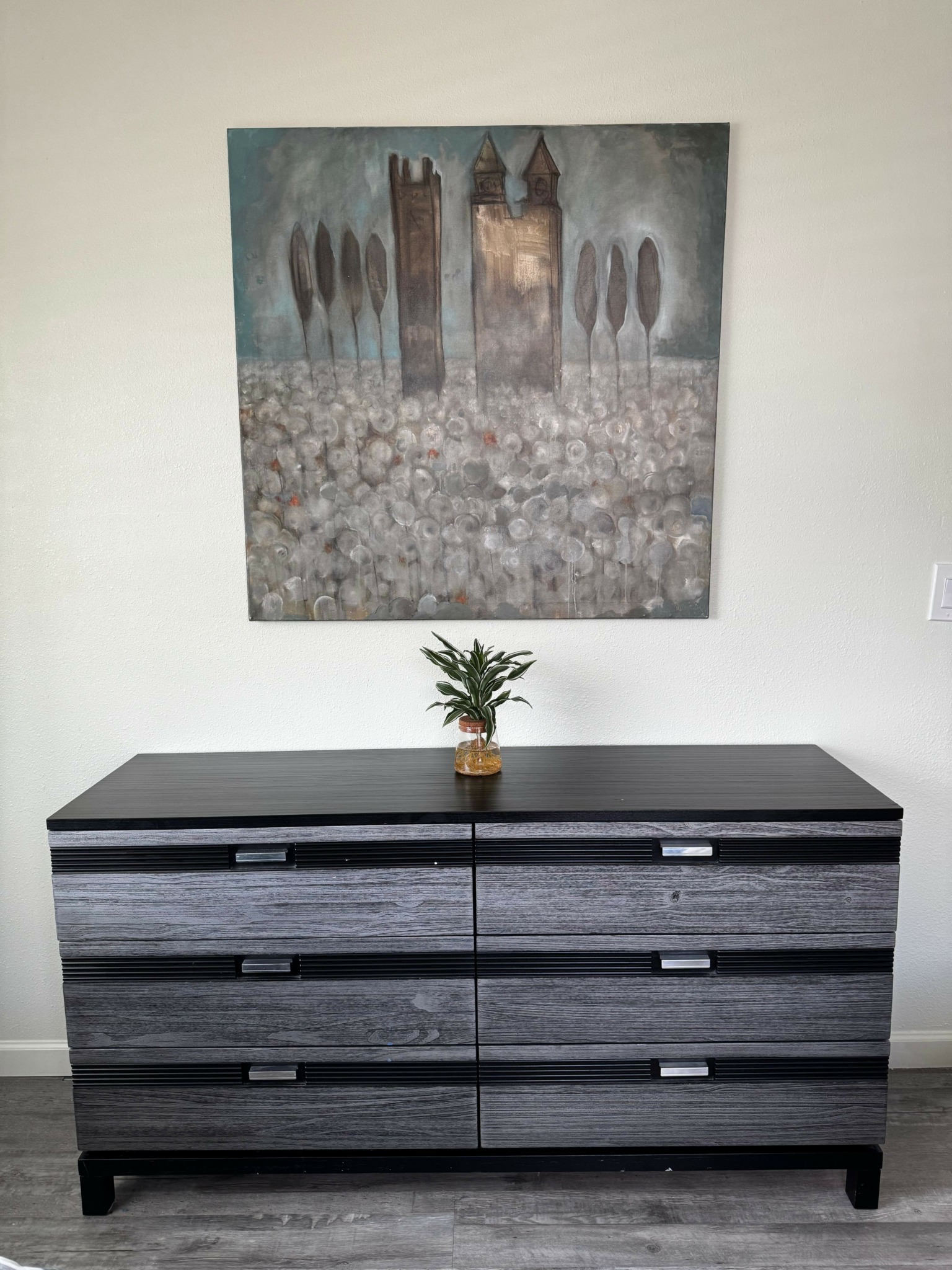
Great, appreciate you sharing that with us. Before we ask you to share more of your insights, can you take a moment to introduce yourself and how you got to where you are today to our readers.
For anyone who doesn’t know me, what led me to found a non-profit serving homeless adults with mental illnesses was a combination of compassion, curiosity, and luck.
I was waiting tables when I saw a homeless man camped out on the sidewalk making very curious drawings. I could not stop wondering about him. Did anyone know he was there? How did he get there? Did anyone care about him? Did he have a family? Did anyone love him?
Another server brought him a burger and came back with a drawing in return. I became obsessed with his art and his destiny.
I went to talk to him and ended up sitting on the sidewalk so we could be on the same level. He shared with me that he had been homeless for 25 years. He was highly educated and had been a professor in Upstate New York. He loved making art and had nothing to prove to anyone. He was pleasant and bitter at the same time.
We began a close friendship where I mostly remained silent and he talked at length. He genuinely needed someone to listen to his complex version of reality without being dismissed.
Fast-forward, one day he wasn’t on the sidewalk, and I grew more and more concerned with every day that passed. Although I had no idea what to do, I decided it was in my court to do something about it.
Somehow, I had known his real name and decided to check the jail. That’s why most homeless people go. He wasn’t there, so the next logical place was the hospital.
I found him.
I asked what his discharge plans were, and he told me he was ready to get off the street. Now I really didn’t know what to do. Then he told me he had an open case for trespassing and to contact his public defender. From there, I got to learn more about him. I learned there are people who knew about him. People who loved him. People who wanted the best for him, but his mental illness made it impossible to get him off the street.
Through a much longer story, I was able to move him into a subleased apartment eventually. Here was this man, homeless for 25 years, falling through the cracks in the sidewalk. Unfortunately, he is not alone in this predicament.
I knew that this was a miracle, and I had to keep the momentum going because there were more lives to change.
Because of the gentleman on the sidewalk, my life has changed. Because of the man on the sidewalk, I can drive change through the work of my team to help people suffering off the streets and into the lives they deserve.
Now, that gentleman from the sidewalk is our north star of what is possible. Our beacon of purpose and someone who will always be loved and appreciated.
Today, that gentleman has a place to call home, to make art, and to silently guide our actions to serving our mission at Second Heart Homes.
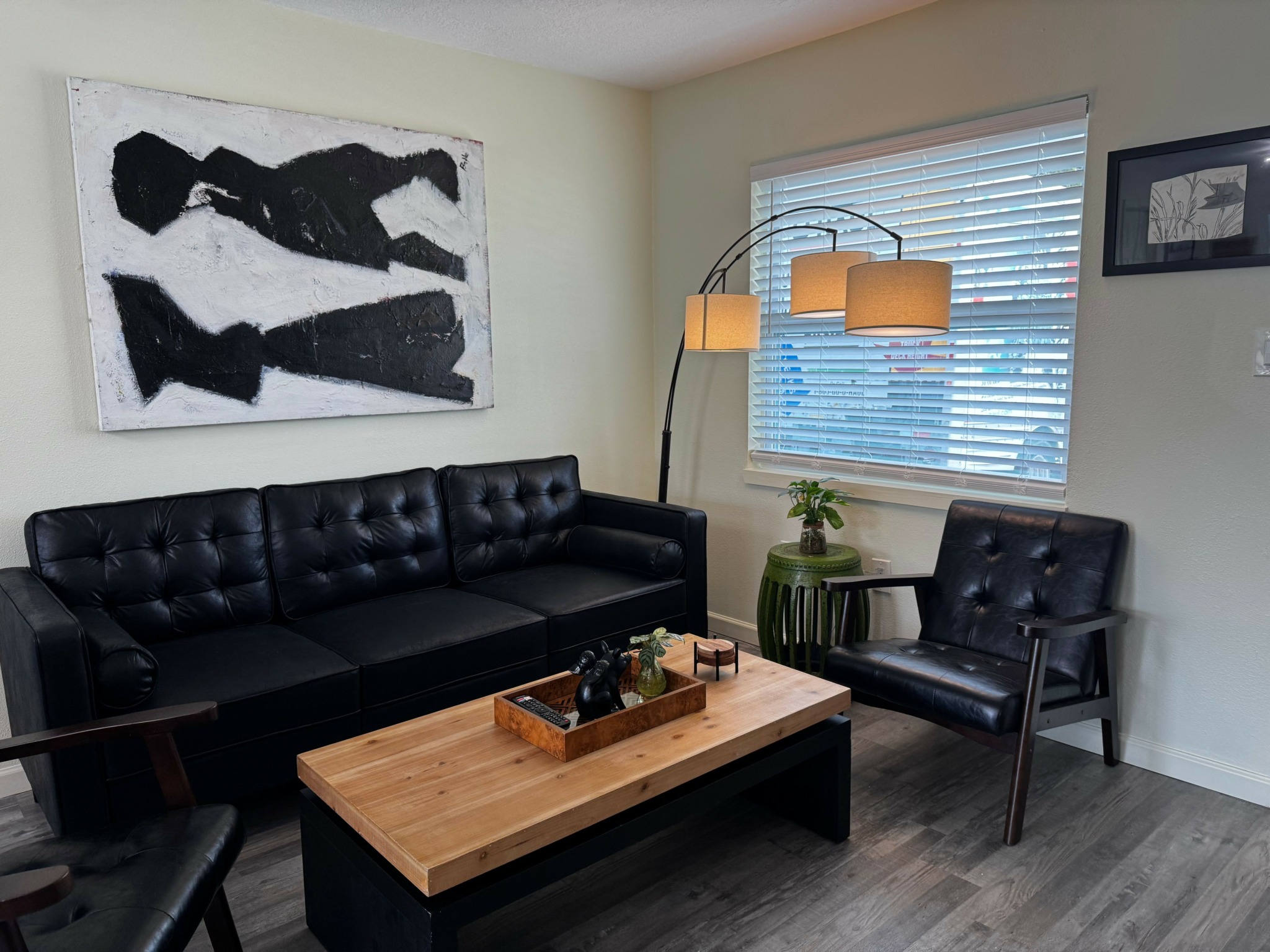
How did you put together the initial capital you needed to start?
To start our non-profit, I actually had a for-profit that I basically funded out of my pocket. It wasn’t monetarily profitable. However, I was changing lives and that’s the currency I operated on.
My mentor and I spoke with several major foundations in the community. They all agreed it was good work, but we needed to grow and become a non-profit before they would even consider us. We needed to improve our infrastructure to make sure our success could be sustainable. Instead of being offended, we got into research mode, and we got better. We became a non-profit in 2019, shut down the LLC and started to raise money in early 2020 by starting with some friends and all my previous clientele from the restaurant. What a time to start a non-profit during COVID.
Now, we have built up a solid system of support and rely solely on individual contributions and local grants. We do not accept any government funding. We have raised over $7 million in the last 6 years and look forward to doing more and expanding our internal and external capacity.

Can you tell us about what’s worked well for you in terms of growing your clientele?
The best strategy I can recommend for gaining donors and keeping your mission thriving is to identify your greatest needs and shout your mission from the rooftops. Donors want to know the numbers, and you are the one who can quantify hope into numbers and then turn it into currency.
Closed mouths don’t get fed. I can’t tell you how many times I’ve said what our greatest need was, and we got it. I’m serious when I say an elevator pitch can open the door to a relationship that will make a big difference.
I was once in Tokyo, and a woman in a department store asked what I did that allowed me to have rainbow hair and tattoos. I briefly told her about our mission, and she invited me to meet her husband and his friends. They all ended up donating, even without an ask. You know a mission is powerful when it transcends geographical and cultural barriers to influence what other people can do to be a part of the solution,
Contact Info:
- Website: Http://www.SecondHeartHomes.org
- Instagram: Http://www.Instagram.com/SecondHeartHomes
- Facebook: Http://www.facebook.com/SecondHeartHomes
- Linkedin: https://www.linkedin.com/in/megan-howell780/
